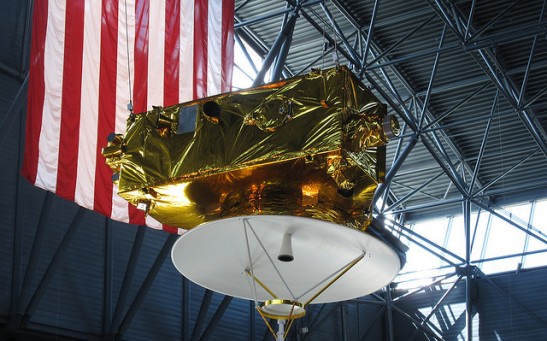astronomy
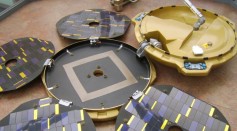
Has NASA Found The Missing Beagle on Mars?
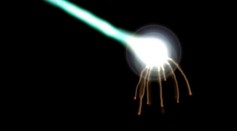
Meteorites and the History of Our Solar System: Not Everything Is As It Seems
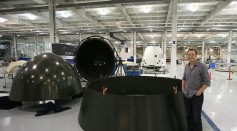
Mars One Headquarters Planned for Seattle

ISS Alarm: Why Astronauts Had to Evacuate... Twice

NASA Researchers Bring Exoplanets to Life in Kepler Style
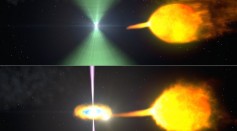
Vanishing Pulsar Locked in Stellar Tug-Of-War
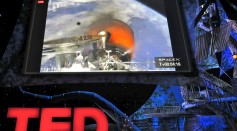
Off With a Boom, and Back with a Crash — SpaceX Mission
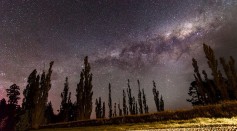
"Spin, Spin, Spinning Around": A New Method On How We Measure Stars
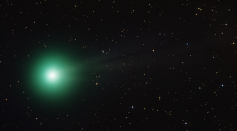
Follow-Up on the Comet Lovejoy (5 W's and When is the Best Time to View it)
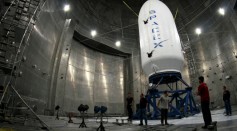
Can SpaceX Deliver on Its Ambitious 2015 Goals?
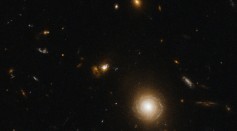
Light Signals Discovered by NASA Reveal The Merging of Two Black Holes

SpaceX—Elon Musk Tries to Change Spaceflight Forever
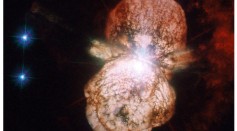
Mystery of Constellation Carina's Massive Explosions Revealed in 3D Models
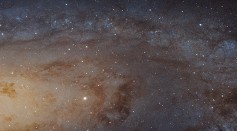
NASA Researchers Resolve Every Star in New Panoramic View of Andromeda
Most Popular

How Technology Is Changing the Real Estate Industry?

Nikolay Karpenko Biography, Photo, Career, Accomplishments

How a Plant-Based Diet Can Protect Against Breast Cancer: Insights from Nutrition Research

The Role of AI in the Next Generation of Logistics: Insights from Tobias Waldhecker

